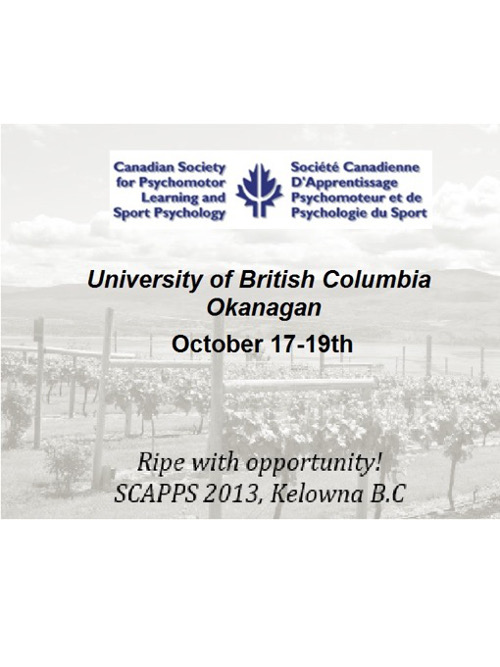Abstract
In spatial negative priming (SNP) tasks, trials are presented in pairs; first the ‘prime’ and then the ‘probe’. Target and/or distractor events appear on both trials and probe target reaction time is significantly lengthened when a target arises at a former distractor-occupied location (ignored-repetition [IR] trial) relative to when it appears at a new location (control [CO] trial). This latency inequality, which is not inevitable, defines the SNP effect. Here the influence of prime and probe trial distractor identity similarity on restoring the SNP effect when its prevention was successfully motivated by the use of a .25 (distracter present)/.75 (distracter absent) condition was examined. Two results were important: (1) the SNP effect was restored when the probe distracter identity fully matched that of the prime trial, but not when distracter identities partially or totally mismatched, showing a retrieval role for the probe distracter, and (2) target-repeat trial facilitation showed the same pattern, present with full matches, otherwise being absent. These results showed that prime-trial processing representations are stored episodically in location tasks and that event identities are part of the episode making distracter event identity matches critical for prime representation retrieval. Additionally, event numbers were not part of the episode so that matching event numbers between prime and probe trials were not important for retrieval of stored prime representations.Acknowledgments: NSERC supported

